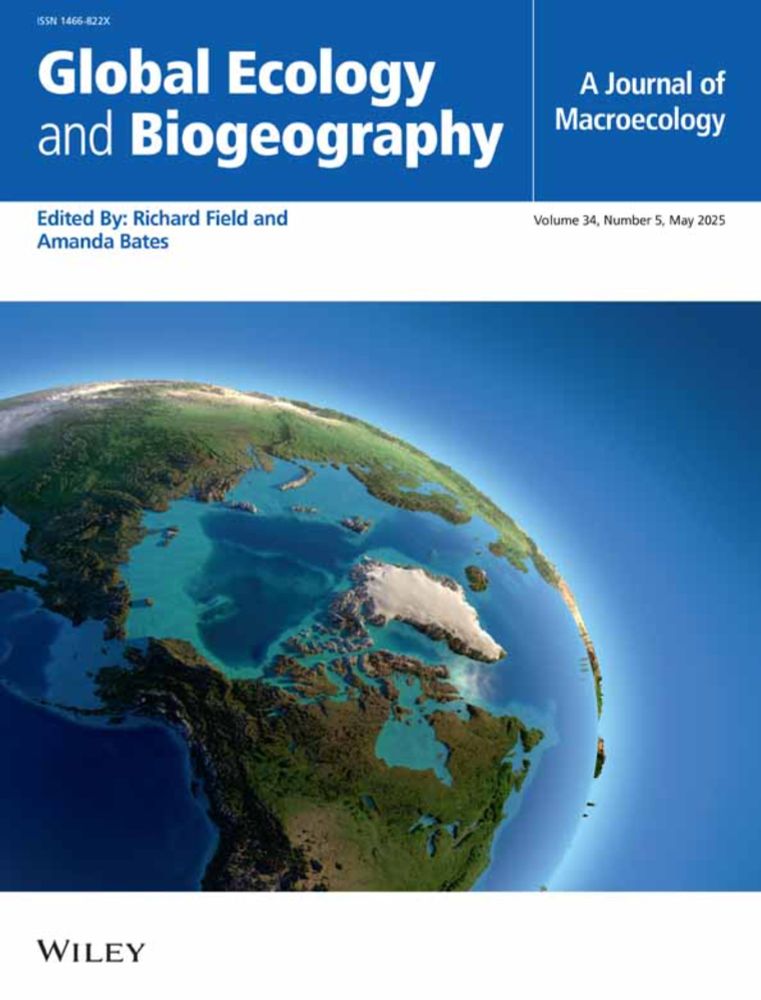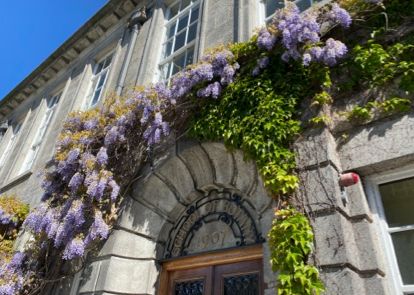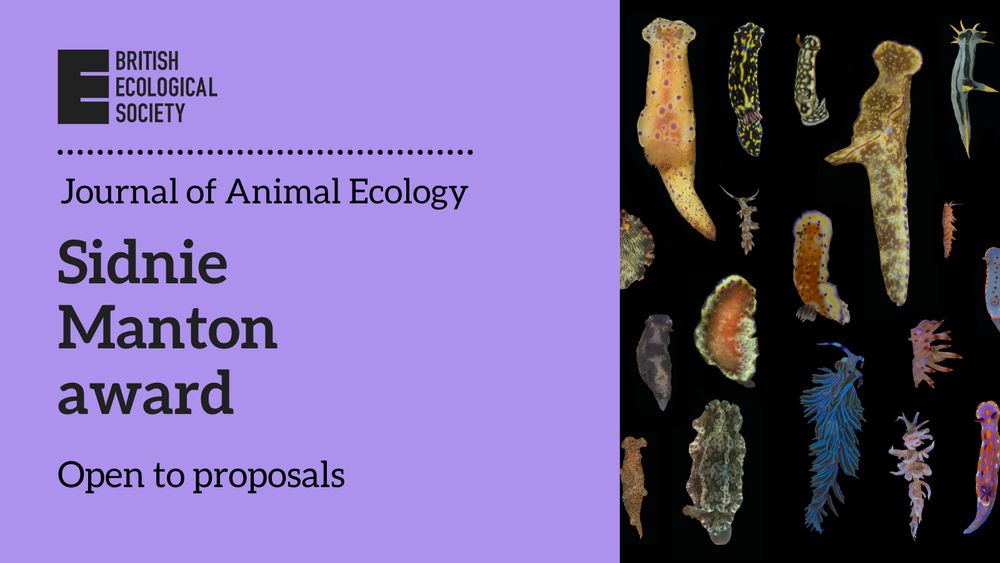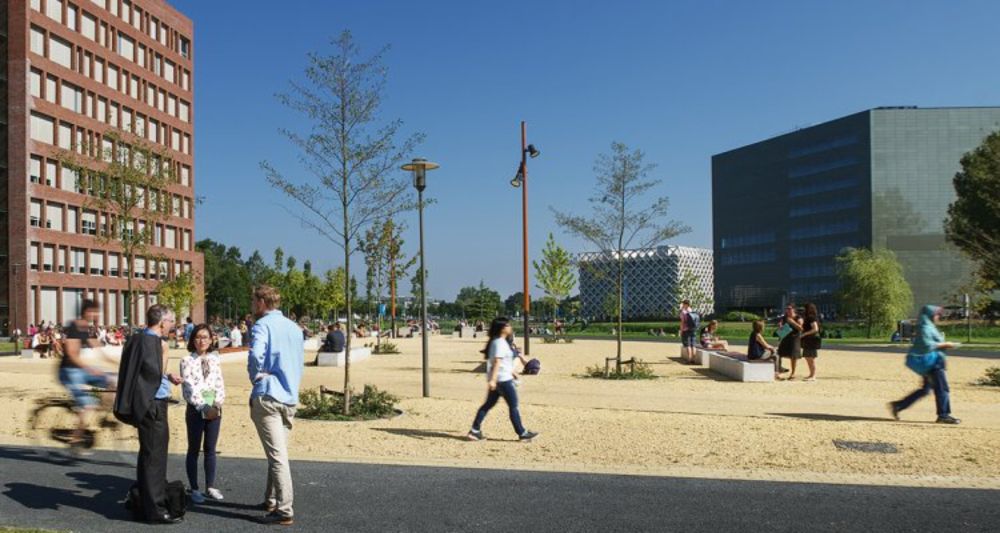Helen Phillips
@helenherself.bsky.social
120 followers
90 following
4 posts
Full-time Assistant Professor at Helsinki University. Part time computer geek. I like the environment and stuff.
https://www.helsinki.fi/en/researchgroups/ecological-data-sciences
Posts
Media
Videos
Starter Packs
Reposted by Helen Phillips
Reposted by Helen Phillips
Reposted by Helen Phillips
Reposted by Helen Phillips
Reposted by Helen Phillips
Reposted by Helen Phillips
Reposted by Helen Phillips
Reposted by Helen Phillips
Reposted by Helen Phillips
Emy Guilbault
@emyguilbault.bsky.social
· Aug 20
Reposted by Helen Phillips
Reposted by Helen Phillips
Reposted by Helen Phillips
Reposted by Helen Phillips
Reposted by Helen Phillips
BES Macro
@besmacro.bsky.social
· Jul 18
Reposted by Helen Phillips
Reposted by Helen Phillips
BES Macro
@besmacro.bsky.social
· Jul 11
Reposted by Helen Phillips
Reposted by Helen Phillips
Reposted by Helen Phillips
Laura Antao
@lauraantao.bsky.social
· May 15

BioTIME 2.0: Expanding and Improving a Database of Biodiversity Time Series
Motivation Here, we make available a second version of the BioTIME database, which compiles records of abundance estimates for species in sample events of ecological assemblages through time. The up...
onlinelibrary.wiley.com
Reposted by Helen Phillips
Reposted by Helen Phillips
Reposted by Helen Phillips
Laura Antao
@lauraantao.bsky.social
· Apr 24
Reposted by Helen Phillips















